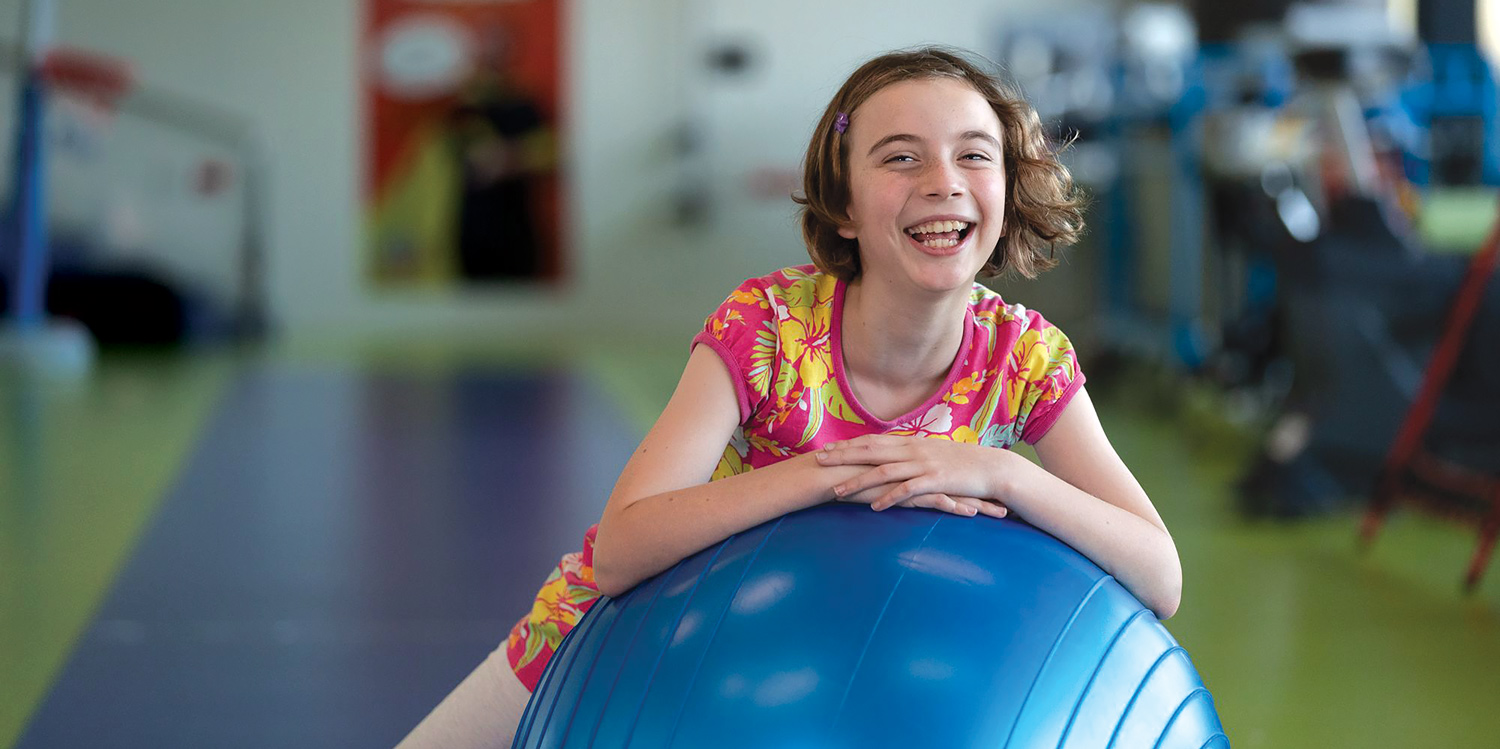 Research is paving the way for a clinical exercise service in Perth for kids with chronic conditions.
Research is paving the way for a clinical exercise service in Perth for kids with chronic conditions.
Cathy O’Leary reports
As many as one in five Australian children is thought to live with a chronic disease that can have a life-long impact on their mental and physical health.
Now a ground-breaking research project is paving the way for an Australian-first clinical exercise service at Perth Children’s Hospital for children living with diseases and conditions such as cancer, diabetes and cerebral palsy, or burns-related injuries.
Move to Improve will harness the concept of ‘exercise as medicine’, prescribing personalised exercise and health advice as part of routine clinical care.
The Stan Perron Charitable Foundation and Perth Children’s Hospital Foundation, along with principal support from Mineral Resources Limited via Channel 7 Telethon Trust, and additional funding from Amazon, Globe BD and the WA community, have raised $5.6 million to fund the project.
The Child and Adolescent Health Service has also committed almost $2 million in-kind support.

PCH’s head of diabetes and endocrinology and co-lead of Move to Improve, Professor Liz Davis, said the program would help reintroduce exercise as a medicine to a range of children living with chronic diseases.
“We’re really excited about Move to Improve, it’s an absolute first in Australia,” she said. “One in five kids lives with a chronic disease, which is a big number.
“We’ve become really good at prescribing medicines and surgical treatments for kids with disease, but one thing we haven’t done is incorporate exercise as a medicine.
“When a child suffers a severe burn or has been diagnosed with a serious condition, kids often disengage from their friends. If kids have been going through cancer treatment, they haven’t been engaged in community sport, sometimes for several years.
 “Re-engaging or getting back into that community with not only the confidence to play sport but to re-engage with friends can be really challenging.”
“Re-engaging or getting back into that community with not only the confidence to play sport but to re-engage with friends can be really challenging.”
Professor Davis said that for a child living with diabetes, for example, exercise could play havoc with their blood glucose levels, so it was important to help them learn how to do that safely.
“Similarly, kids who’ve come through cancer therapy don’t necessarily have the motor skills they had before their treatment, so, it’s about building their confidence and finding a niche in the community where they can be regularly active and get the benefits from exercise,” she said.
“We’re absolutely convinced that the benefits of this program will be far-reaching and impact large numbers of kids.”

